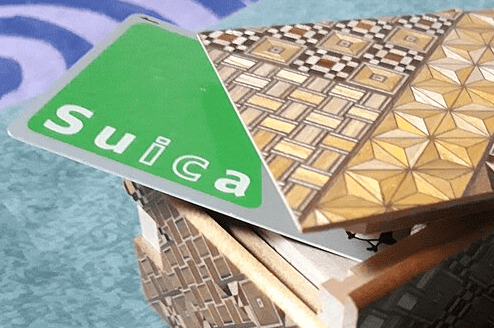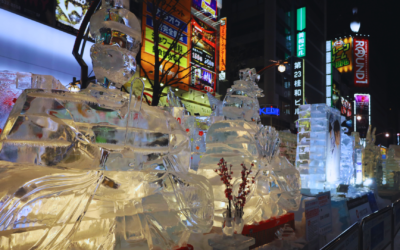Travelling around Japan can be a breeze, thanks to the country’s highly efficient transportation system. But to make your experience even smoother, you’ll want to know about transportation cards in Japan.
These cards are essential for any traveller looking to navigate Japan’s extensive network of trains, buses, and subways with ease. In this ultimate guide to transportation cards in Japan, we’ll cover everything you need to know to make your travel stress-free and enjoyable.
What are Transportation Cards in Japan?

Transportation cards in Japan, commonly known as IC cards, are rechargeable smart cards used for convenient travel on public transportation. They allow you to quickly pass through ticket gates without the need for paper tickets or cash. Popular IC cards include Suica, Pasmo, Icoca, and many others. These cards can also be used for purchases at vending machines, convenience stores, and some restaurants.
Why Use Transportation Cards in Japan?
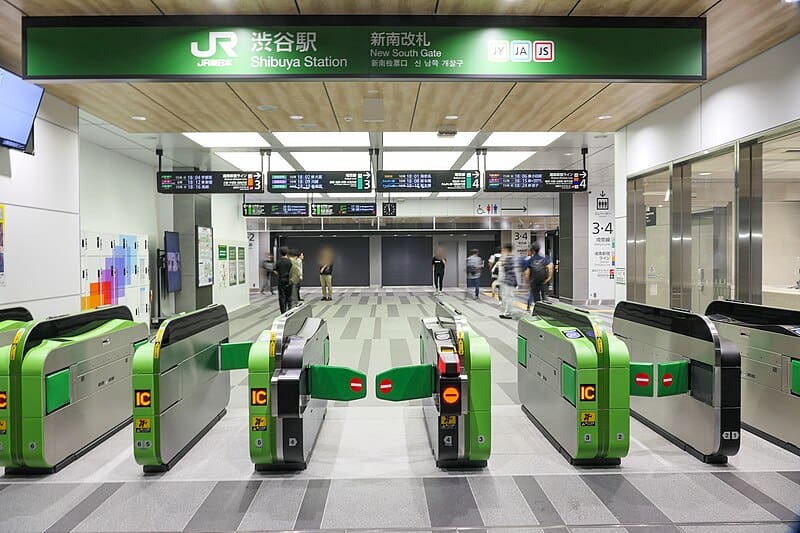
Convenience and Speed
Using transportation cards in Japan significantly reduces the time spent on buying individual tickets for each trip. Purchasing single-use tickets can be time-consuming, especially during rush hours when queues at ticket machines can be long.
By contrast, simply tapping your IC card on the reader at the ticket gate lets you pass through quickly and efficiently. This is particularly useful for commuters and tourists who need to make multiple transfers or are on tight schedules.
Cost-Effective
IC cards often offer small discounts on fares compared to buying single-use tickets. For instance, a single subway ride in Tokyo might cost 200 yen with a paper ticket but only 195 yen with an IC card.
While the difference may seem minor, it adds up over time, especially for frequent travellers. Additionally, IC cards eliminate the need for exact change, further streamlining the travel experience.
Multi-Purpose
Beyond transportation, IC cards are accepted for a variety of small purchases. They can be used at vending machines for buying drinks and snacks, in convenience stores like 7-Eleven, FamilyMart, and Lawson, and even in some restaurants and retail shops.
This versatility makes them a handy tool for daily life in Japan. Some tourist attractions and museums also accept IC cards for admission fees, making it easier to explore the sights without worrying about cash.
Types of Transportation Cards in Japan
Understanding the different types of transportation cards available in Japan is essential for efficient and stress-free travel. Here are the main IC cards you’ll encounter and their specific uses:
Suica
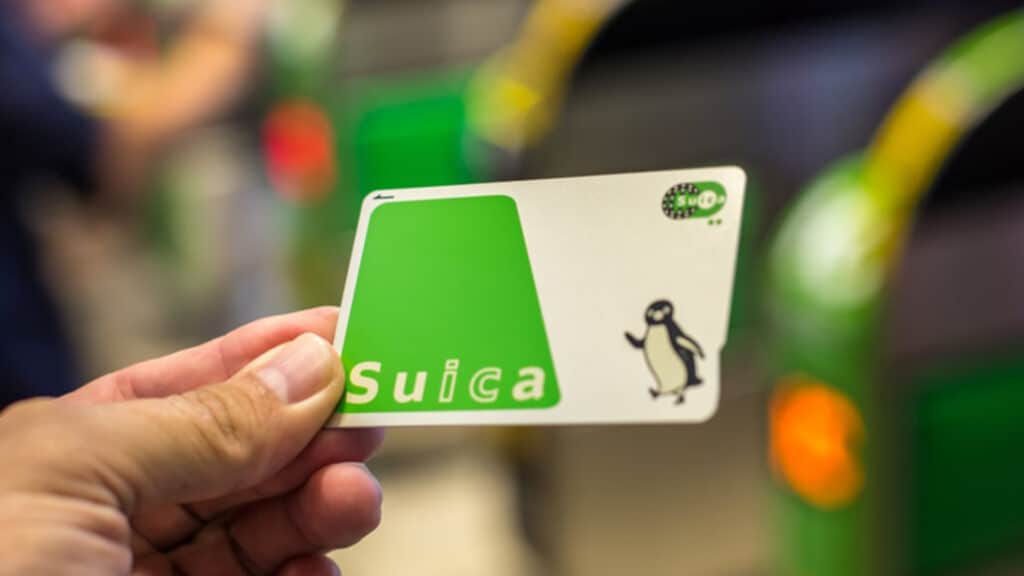
Suica is issued by JR East and is one of the most widely used transportation cards in Japan. It can be used on JR East trains, which cover the greater Tokyo area, including lines like the Yamanote Line, Chuo Line, and Keihin-Tohoku Line. Additionally, Suica is accepted on most other private railways, subways, and buses in Tokyo, as well as in other major cities such as Sendai and Niigata. Suica cards can also be used on selected Shinkansen (bullet trains) routes and for purchases at convenience stores, vending machines, and some taxis.
Pasmo

Pasmo is similar to Suica but is issued by private railway and bus companies in Tokyo. It’s highly versatile and can be used on almost all private railways and bus lines in the Tokyo metropolitan area, including the Tokyo Metro and Toei Subway lines.
Some examples of lines where Pasmo is accepted include the Keio Line, Tokyu Line, and Odakyu Line. Like Suica, Pasmo can also be used for shopping at convenience stores, vending machines, and many retail shops.
Icoca
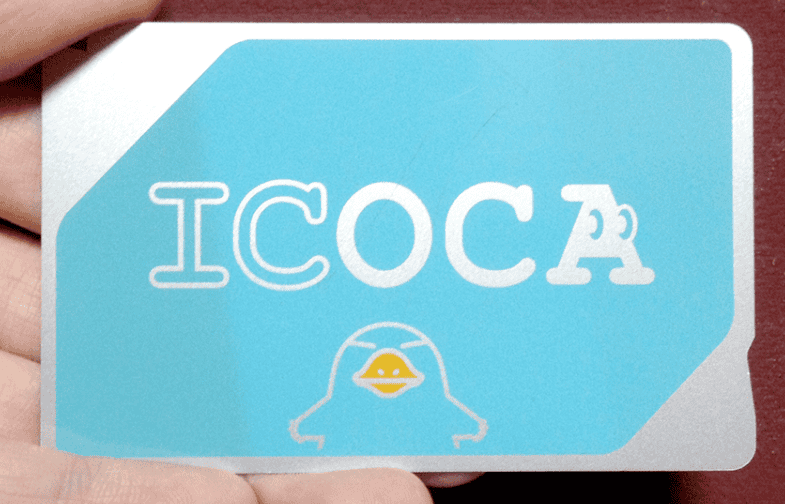
Issued by JR West, Icoca is primarily used in the Kansai region, including cities such as Osaka, Kyoto, and Kobe. It works on JR West trains, including lines like the Osaka Loop Line and the Kyoto Line.
Icoca is also compatible with other IC cards like Suica and Pasmo, meaning it can be used on many private railways and bus services throughout Japan. Additionally, it can be used for shopping at convenience stores and vending machines.
Manaca
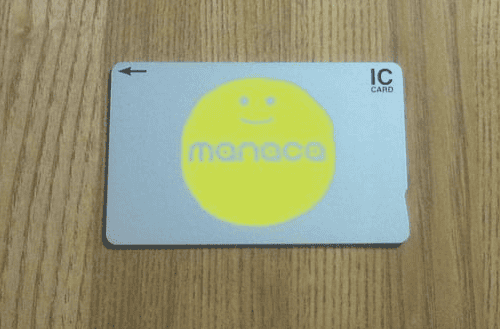
Manaca is used in the Nagoya area and is issued by Nagoya’s Transportation Bureau and Meitetsu. It is accepted on the Nagoya Municipal Subway, Meitetsu Railway, and Nagoya City Buses.
Manaca can also be used on other transportation systems that accept IC cards, including JR trains and private railways in other regions. Like other IC cards, Manaca can be used for purchases at convenience stores and vending machines.
PiTaPa
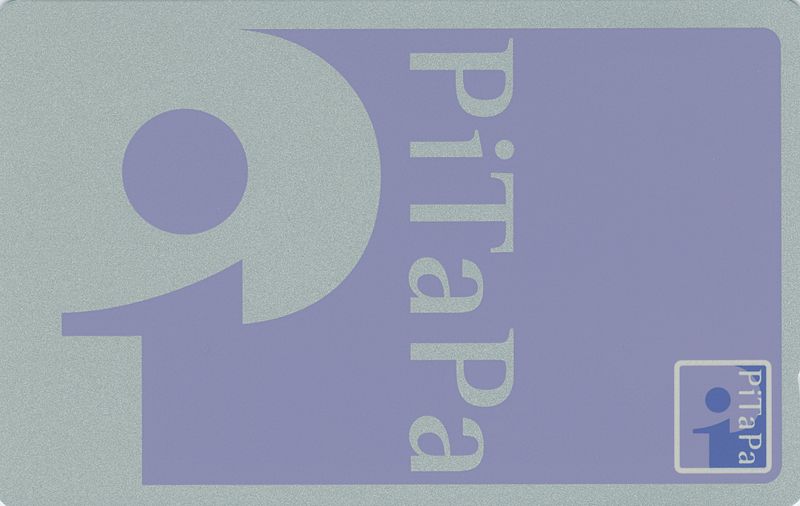
PiTaPa is another card used mainly in the Kansai region, including cities like Osaka and Kyoto. Issued by the Surutto Kansai Association, it works on a post-payment system, meaning you are billed monthly for your usage.
PiTaPa is accepted on a wide range of transportation systems, including the Osaka Metro, Hankyu Railway, and Keihan Railway. While it can be used similarly to other IC cards for shopping, its post-payment feature sets it apart.
These IC cards are interoperable, meaning you can use a Suica card in areas where Pasmo, Icoca, Manaca, or PiTaPa are accepted, and vice versa. This interoperability makes them incredibly convenient for travelling across different regions of Japan.
How to Get a Transportation Card in Japan
As of 2024, purchasing IC cards like Suica and Pasmo in Japan has become easier again following a period of shortages due to global semiconductor issues.
IC cards such as Suica and Pasmo can now be purchased at major airports and train stations. For example, you can buy a Suica card at JR East Travel Service Centers in Narita International Airport and Haneda Airport. The Welcome Suica, specifically designed for tourists, is available at these locations and at major train stations like Tokyo, Shinjuku, and Shibuya.
Purchasing at Tokyo Airports
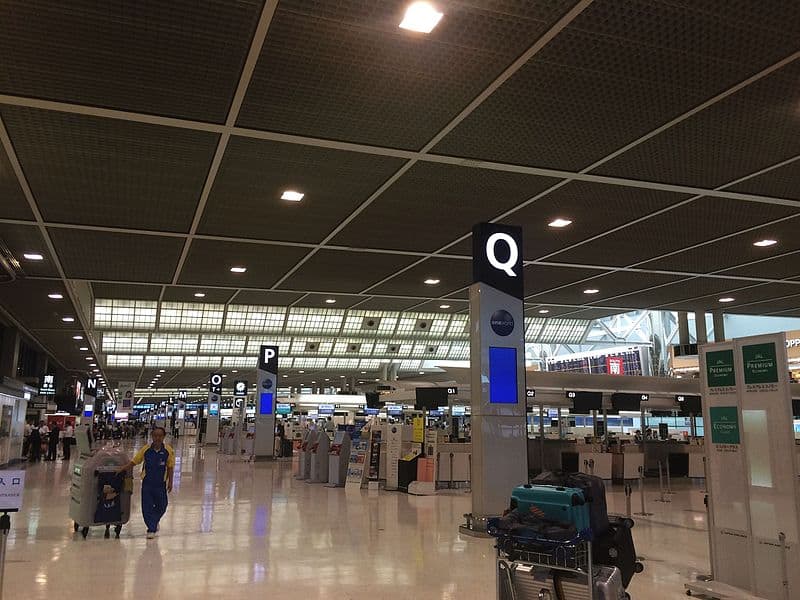
Narita International Airport
Upon arrival, head to the JR East Travel Service Center located in the basement level of Terminal 1 or Terminal 2. Follow signs for the train station area and look for the JR East Ticket Office or a dedicated Suica vending machine. The staff here can assist you in purchasing a Suica card. The process is straightforward: choose your card, decide the amount to load, and make your payment. Welcome Suica cards, specifically for tourists, are also available here.
Haneda Airport
Similarly, at Haneda Airport, you can find the JR East Travel Service Center in Terminal 3. The process is the same, with both Suica and Welcome Suica cards available. Look for the Suica vending machines or approach the JR East counter for assistance.
Purchasing at Major Tokyo Train Stations
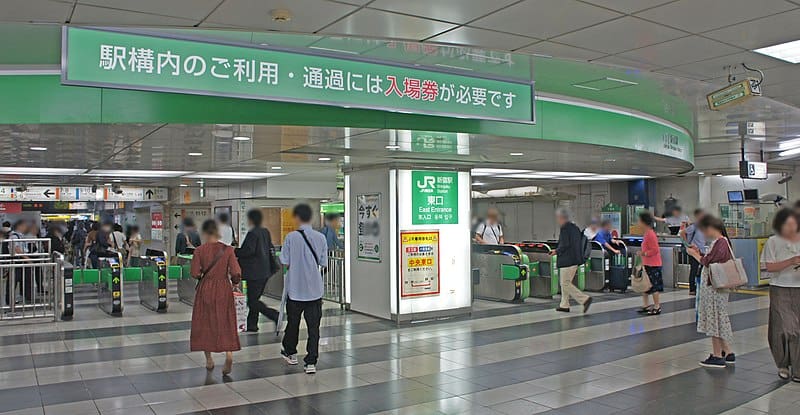
Tokyo Station
Visit the JR East Travel Service Center or look for Suica vending machines in the station. Follow the overhead signs to locate the JR Ticket Office. The staff can guide you through the purchase process.
Shinjuku Station
Similar to Tokyo Station, you can purchase Suica cards at the JR East Service Center or from dedicated vending machines. Signage is clear, directing you to the appropriate areas.
Shibuya Station
Head to the JR East Travel Service Center or find the Suica vending machines. Assistance is available if needed.
Initial Cost

Standard Suica Card
The cost typically includes a 500 yen deposit plus the amount you choose to load onto the card. For example, a 2,000 yen Suica card includes 1,500 yen of usable credit plus the 500 yen deposit.
Welcome Suica Card
Designed for tourists, this card does not require a deposit and is valid for 28 days. It functions similarly to a standard Suica but is aimed at short-term visitors. Purchase it for amounts starting at 1,500 yen, which includes the initial load but not a deposit.
Top-Up Options
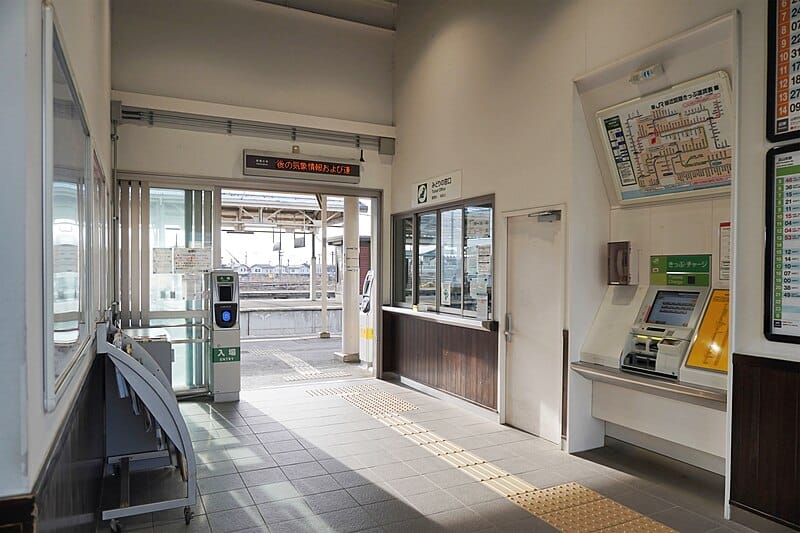
Recharging your IC card is simple and can be done in several ways:
At Train Stations
Locate ticket vending machines marked with the IC card symbol. Insert your card, select the recharge amount, and pay using cash or card (note that some machines may have issues with non-Japanese Visa cards; MasterCard and American Express are recommended).
At Convenience Stores
Visit stores like 7-Eleven, Lawson, and FamilyMart. These stores have machines or cash registers where you can top up your IC card. Simply inform the cashier that you wish to recharge your card and provide the amount.
Via Mobile Apps
If you link your IC card to a compatible mobile app, you can recharge it using your smartphone. This method is convenient for those who prefer using digital wallets or do not carry cash.
Using Your Transportation Card in Japan

Using an IC card in Japan is straightforward even if you are completely unfamiliar with the transportation system. Here’s how to use your card effectively:
Step-by-Step Guide to Using Your Transportation Card at the Ticket Gate
- Locate the Card Reader: When you approach the ticket gate at a train station, you will see a small card reader panel on the gate. These readers are typically marked with the IC card symbol.
- Tap Your Card: Hold your IC card flat against the reader. You don’t need to swipe it; just a brief tap will do. You will hear a beep, and the gate will open if your card has sufficient balance.
- Fare Deduction: The fare for your journey is automatically deducted from your card balance when you tap out at your destination station. This eliminates the need to calculate fares or buy individual tickets.
- Insufficient Balance: If your card balance is too low, the gate will not open. In this case, you will need to recharge your card at a nearby ticket machine or fare adjustment machine before you can pass through.
Step-by-Step Guide to Using Your Transportation Card on Buses
- Boarding the Bus:
- Front Boarding (Common in Rural Areas): In some regions, you board the bus at the front and tap your card on the reader next to the driver. The initial tap records your boarding location.
- Rear Boarding (Common in Urban Areas): In many cities, you board at the rear door and tap your card on the reader as you enter.
- During the Ride: Your card remains with you during the ride. No additional action is needed until you disembark.
- Disembarking the Bus:
- Tap Again (If Required): Depending on the bus system, you may need to tap your card again when you exit to deduct the correct fare. Look for the card reader near the exit door.
- Automatic Fare Calculation: The fare is calculated based on the distance traveled, and the correct amount is deducted from your card balance.
Step-by-Step Guide to Using Your Transportation Card for Making Purchases
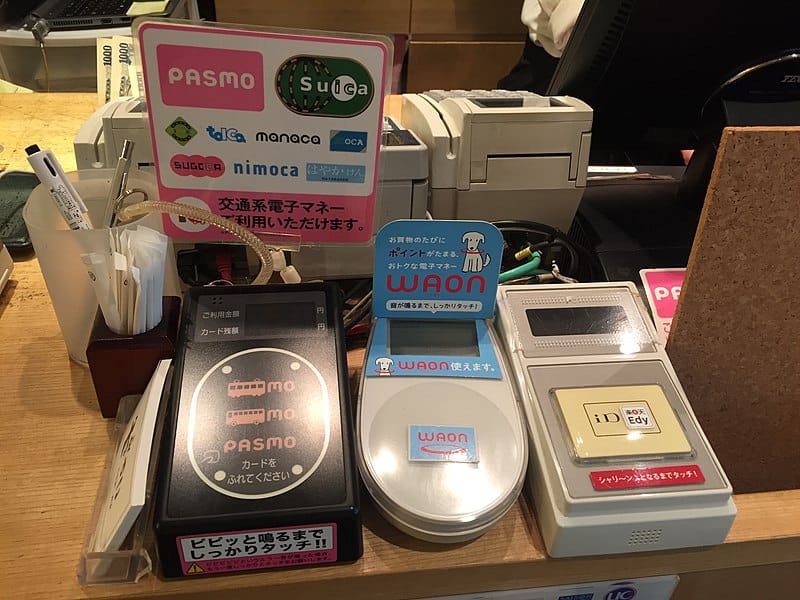
At Vending Machines
Many vending machines throughout Japan accept IC cards. Look for the IC card logo on the machine. Simply select your item, tap your card on the reader, and the cost is deducted from your balance.
At Convenience Stores
Major convenience store chains like 7-Eleven, Lawson, and FamilyMart accept IC cards for payment. When you reach the checkout, inform the cashier that you’ll be using an IC card and tap it on the reader when prompted.
At Restaurants and Retail Shops
Some restaurants and shops, particularly in urban areas, accept IC cards. Look for the IC card logo at the payment counter. If you are unsure, you can always ask the staff if IC cards are accepted (using the term “IC card ok desu ka?” which means “Is an IC card okay?”).
At Other Facilities
IC cards can also be used to pay for lockers at train stations, certain taxi services, and even some parking facilities. Always look for the IC card symbol or ask if the establishment accepts IC cards.
Tips for Using Transportation Cards in Japan
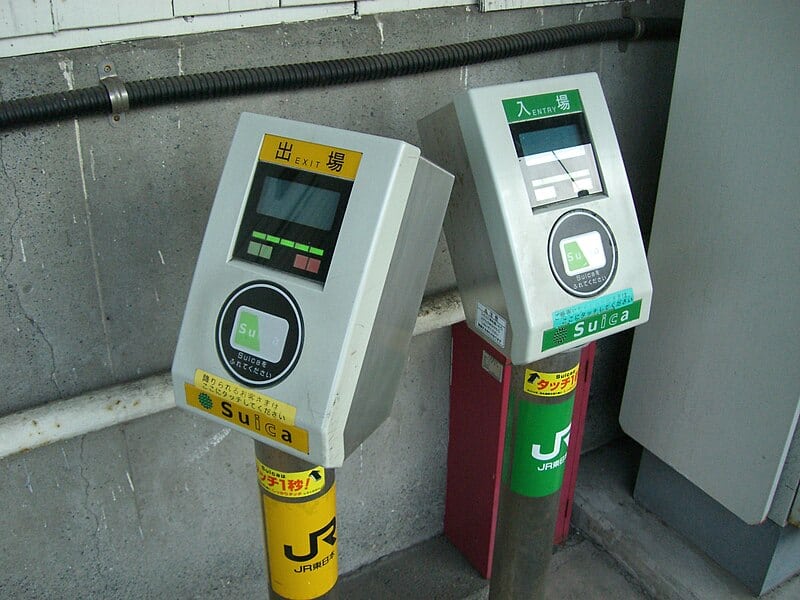
To make the most of your transportation card in Japan, also follow these tips:
1. Keep Track of Your Balance
There are multiple ways to check you IC card balance and all of them are very convenient!
At Ticket Gates
When you tap your IC card at ticket gates, most gates will display your remaining balance on a small screen. This is a quick and convenient way to keep track of your funds each time you enter or exit a station.
Ticket Machines
You can check your balance at any ticket machine in train stations. Insert your card into the machine, and your current balance will be displayed. These machines also allow you to top up your card if necessary.
Convenience Stores
Most convenience stores like 7-Eleven, Lawson, and FamilyMart have machines or cash registers where you can check your balance. Simply ask the cashier to check your balance, and they will assist you.
Mobile Apps
If you have linked your IC card to a mobile app, you can check your balance directly from your smartphone. Apps like Mobile Suica and Mobile Pasmo provide this feature, making it easy to manage your funds on the go.
2. Know How to Get Refunds and Return Cards
Where to Return Your Card
If you’re leaving Japan and no longer need your IC card, you can return it to the issuing company’s office for a refund. For example, return a Suica card to a JR East office or a Pasmo card to the issuing railway company’s office. Look for service centers in major train stations such as Tokyo, Shinjuku, or Narita and Haneda Airports.
Refundable Amount
The refundable amount typically includes your remaining balance and the initial deposit (usually 500 yen for Suica). Note that a small handling fee may be deducted from the remaining balance.
Processing the Refund
Visit the service center and inform the staff that you wish to return your IC card. They will process the refund and return the remaining balance to you in cash.
3. Take Advantage of Mobile Integration
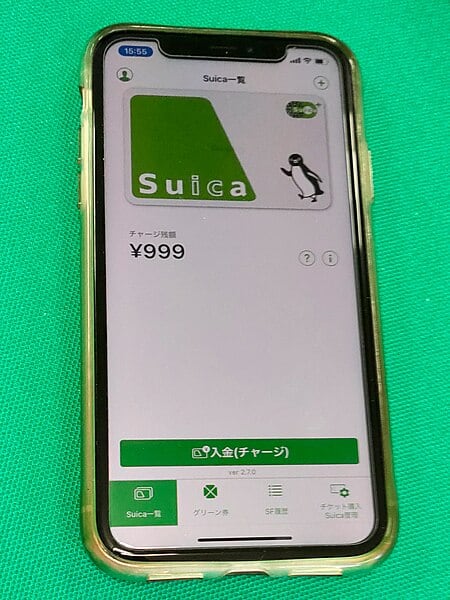
Integrating your IC card with your mobile device can significantly enhance convenience, allowing you to use your smartphone for travel and purchases. Here’s a detailed guide on how to set this up and the benefits it offers:
Compatible Devices:
- iOS Devices: Mobile Suica and Mobile Pasmo are compatible with iPhones (iPhone 7 or later) and Apple Watch (Series 2 or later). Ensure your device is updated to the latest iOS version.
- Android Devices: These services are also available on many Android devices that support Osaifu-Keitai (a mobile wallet service in Japan) or have NFC (Near Field Communication) capabilities. Check your device specifications to confirm compatibility.
How to Set Up:
- Download the App:
- For Suica, download the Mobile Suica app from the App Store (iOS) or Google Play (Android).
- For Pasmo, download the Mobile Pasmo app from the respective stores.
- Create an Account:
- Open the app and follow the prompts to create a new account. You will need to enter personal details such as your name and email address.
- Register Your Card:
- If you already have a physical Suica or Pasmo card, you can transfer its balance to your mobile app by entering the card details. If not, you can create a new digital card within the app.
- Add Funds:
- Link a credit or debit card to add funds to your mobile Suica or Pasmo card. You can also use platforms like Apple Pay or Google Pay for this purpose.
- Activate the Card:
- Once your card is set up and funded, it will be ready for use.
Frequently Asked Questions About Transportation Cards in Japan

1. Can I use one IC card for all my travels in Japan?
Yes, most IC cards are interoperable, meaning a Suica card can be used in regions where Pasmo, Icoca, or other IC cards are accepted.
2. What happens if I lose my card?
If you lose your card, report it to the issuing company immediately. Some cards, like Suica, can be reissued with your remaining balance if registered.
3. Are there any expiration dates on IC cards?
IC cards generally remain active as long as they are used at least once every ten years. Inactive cards may be deactivated, but balances can often be recovered by contacting the issuing company.
Making the Most of Transportation Cards in Japan

Transportation cards in Japan are indispensable tools for both residents and travellers. They offer unparalleled convenience, cost savings, and versatility. Whether you’re exploring the bustling streets of Tokyo, the historic temples of Kyoto, or the scenic beauty of rural Japan, having an IC card will enhance your travel experience. Remember to keep your card topped up, handle it with care, and enjoy the ease of travel that these cards provide. Safe travels!

